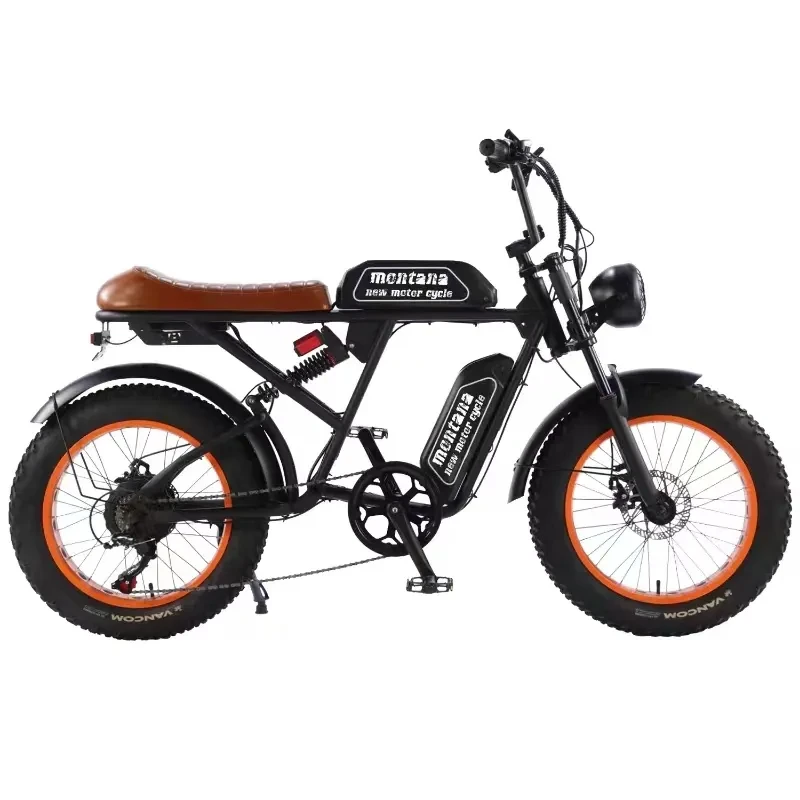
- Afrikaans
- Albanian
- Amharic
- Arabic
- Armenian
- Azerbaijani
- Basque
- Belarusian
- Bengali
- Bosnian
- Bulgarian
- Catalan
- Cebuano
- Corsican
- Croatian
- Czech
- Danish
- Dutch
- English
- Esperanto
- Estonian
- Finnish
- French
- Frisian
- Galician
- Georgian
- German
- Greek
- Gujarati
- Haitian Creole
- hausa
- hawaiian
- Hebrew
- Hindi
- Miao
- Hungarian
- Icelandic
- igbo
- Indonesian
- irish
- Italian
- Japanese
- Javanese
- Kannada
- kazakh
- Khmer
- Rwandese
- Korean
- Kurdish
- Kyrgyz
- Lao
- Latin
- Latvian
- Lithuanian
- Luxembourgish
- Macedonian
- Malgashi
- Malay
- Malayalam
- Maltese
- Maori
- Marathi
- Mongolian
- Myanmar
- Nepali
- Norwegian
- Norwegian
- Occitan
- Pashto
- Persian
- Polish
- Portuguese
- Punjabi
- Romanian
- Russian
- Samoan
- Scottish Gaelic
- Serbian
- Sesotho
- Shona
- Sindhi
- Sinhala
- Slovak
- Slovenian
- Somali
- Spanish
- Sundanese
- Swahili
- Swedish
- Tagalog
- Tajik
- Tamil
- Tatar
- Telugu
- Thai
- Turkish
- Turkmen
- Ukrainian
- Urdu
- Uighur
- Uzbek
- Vietnamese
- Welsh
- Bantu
- Yiddish
- Yoruba
- Zulu
Jan . 13, 2025 16:05 Back to list
New children's electric four-wheel off-road vehicle four-wheel drive power remote control multi-function can sit human toy car
Electric ebikes are rapidly transforming urban commuting and recreational cycling, offering an eco-friendly and efficient alternative to traditional modes of transport. As a seasoned product expert and an advocate for sustainable technology, I have firsthand experience with the multitude of benefits that e-bikes bring to the table, coupled with a deep understanding of their technical nuances.
Moreover, purchasing an e-bike can be a financially sound decision. Though the initial investment may seem steep, the long-term savings on fuel, parking, and public transportation can be substantial. Additionally, with minimal maintenance required compared to traditional vehicles, e-bikes present an attractive cost-benefit ratio. Many governments and local authorities also offer incentives for e-bike purchases as part of broader sustainability initiatives, further reducing the cost barrier. Environmentally, electric ebikes signify a leap towards reducing the carbon footprint. By shifting a significant portion of urban travel away from fossil-fuel-dependent vehicles, e-bikes help in mitigating air pollution and greenhouse gas emissions. For environmentally conscious consumers, this factor alone can be a key motivator in adopting e-bikes over conventional modes of transport. The variety available in electric ebikes caters to diverse needs. Whether you're looking for a sleek commuter model, a rugged mountain e-bike, or a versatile cargo bike, the market offers options that suit different lifestyles and requirements. It's crucial, however, to evaluate factors such as battery life, motor power, weight capacity, and warranty when selecting the ideal e-bike for your needs. Building trust and authoritativeness in the e-bike sector involves not only understanding the product but also staying updated with technological advancements and regulatory standards. By continuously reviewing and testing emerging models, consumers can make informed choices, leading to a more satisfying ownership experience. As the industry evolves, electric ebikes will likely continue to be at the forefront of sustainable transportation solutions, offering both functionality and ecological benefits.


Moreover, purchasing an e-bike can be a financially sound decision. Though the initial investment may seem steep, the long-term savings on fuel, parking, and public transportation can be substantial. Additionally, with minimal maintenance required compared to traditional vehicles, e-bikes present an attractive cost-benefit ratio. Many governments and local authorities also offer incentives for e-bike purchases as part of broader sustainability initiatives, further reducing the cost barrier. Environmentally, electric ebikes signify a leap towards reducing the carbon footprint. By shifting a significant portion of urban travel away from fossil-fuel-dependent vehicles, e-bikes help in mitigating air pollution and greenhouse gas emissions. For environmentally conscious consumers, this factor alone can be a key motivator in adopting e-bikes over conventional modes of transport. The variety available in electric ebikes caters to diverse needs. Whether you're looking for a sleek commuter model, a rugged mountain e-bike, or a versatile cargo bike, the market offers options that suit different lifestyles and requirements. It's crucial, however, to evaluate factors such as battery life, motor power, weight capacity, and warranty when selecting the ideal e-bike for your needs. Building trust and authoritativeness in the e-bike sector involves not only understanding the product but also staying updated with technological advancements and regulatory standards. By continuously reviewing and testing emerging models, consumers can make informed choices, leading to a more satisfying ownership experience. As the industry evolves, electric ebikes will likely continue to be at the forefront of sustainable transportation solutions, offering both functionality and ecological benefits.
Latest news
-
Riding with Our Kids Bikes Collection
NewsJun.10,2025
-
Our Kids Balance Cars
NewsJun.10,2025
-
Exciting Range of Fixed Gear Electric Bike
NewsJun.10,2025
-
Enhance Your Mountain Bike Derailleur
NewsJun.10,2025
-
Convenience with Our Baby Jogger Strollers
NewsJun.10,2025
-
Conquer the Trails with Our Premium Mountain Bikes
NewsJun.10,2025
-
Revolutionize Ride with Our Electric Bicycles
NewsMay.13,2025



